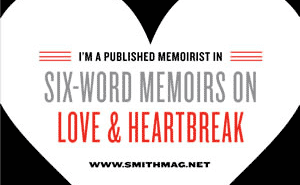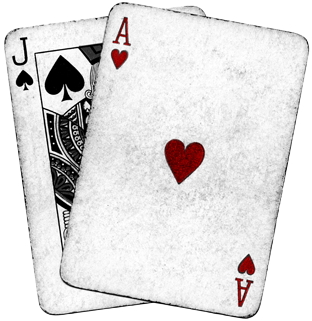From ProofreadNOW:
We often proofread documents that contain bibliographic references. There are at least three “standard” forms for literary citations. The form you choose will depend on your readership. In general, we follow the Chicago Manual of Style. For medical documents, the preferred form is prescribed (so to speak) by the American Medical Association’s AMA Manual of Style. For academic documents, the preferred form is laid down by the American Psychological Association’s Publication Manual of the APA (not to be confused with AP style). These three major forms are shown below. (This is not meant to be an in-depth presentation, because there is not enough space here. For complete details, consult the appropriate style guide.)
Chicago. Bibliographic citations are often provided in notes (footnotes or endnotes). If you do not include a bibliography section, your notes need to be complete. Show the authors, the article name or book title, the source (a magazine, perhaps), volume, year published, and pages containing the reference.
- Mortimer D. Manfrieze, “Slalom Skiing in Transylvania: An Illustrated Guide,” Albanian Water Ski Magazine 89 (1953): 56.
- Mary Dairy Motorman, The Complete Tournament Skier (Boston: Rundown House, 1959), 71-73.
- Pinkerton C. Claybourn and Humboldt Starkman, eds., The Skier’s Bible (Denver: Horsetooth Press, 1977), chap. 4, doc. 8.
These references in bibliography form, usually at the end of the publication, are shown as follows (note the period here where a comma was in the notes):
Manfrieze, Mortimer D. “Slalom Skiing in Transylvania: An Illustrated Guide.” Albanian Water Ski Magazine 89 (1953): 41-59.
Motorman, Mary Dairy. The Complete Tournament Skier. Boston: Rundown House, 1959.
Claybourn, Pinkerton C., and Humboldt, Starkman, eds. The Skier’s Bible. Denver: Horsetooth Press, 1977.Chicago also supports references in author-date style. See the Chicago Manual of Style for details.
AMA. This guide differs rather sharply from Chicago. Examples follow. Note the absence of certain punctuation where you would otherwise expect it to be. Also note the concise abbreviation, sans punctuation, of periodical names, sometimes to the point of confusion for unfamiliar (non-medical) readers.
- Schmore, PJ. Typical injuries suffered by water skiers in rough weather. Ann Water Sports Med. 1986;104(2):257-296.
- Jumper IM, Driver SE, Moore PW. Spinal injury and the air chair. JAWA. 2004;292(14):67-75.
- Sueem GO, Choate AK. Two in 5 “original” articles in the Journal of the Albanian Medical Association are fictitious. JAMA. 2010;2(1):27-33.
APA. Note that in AMA and APA format, the title of the article or book is in sentence form, with regard to capital letters. And note sometimes the presence of punctuation where you might not expect it to be.
- Osgood, P. J., & Morrison, P. J. (1990). Clinical training in handling the stress of cliff-jumping (DHHS Publication No. PAJ 90-1883). Washington, DC: U.S. Government Printing Office.
- Dickinson, A. L. (1996). The perils of cliff-jumping in the seated position. In T. McBride (Ed.), Maine Symposium on Shock Therapy: Vol. 38. Perspectives on motivation (pp. 123-145). Harrison: Long Lake University Press.
Following a standard format brings consistency, clarity, and familiarity to your document. And that’s important to your bottom-line goal: readability!












Comments on this entry are closed.